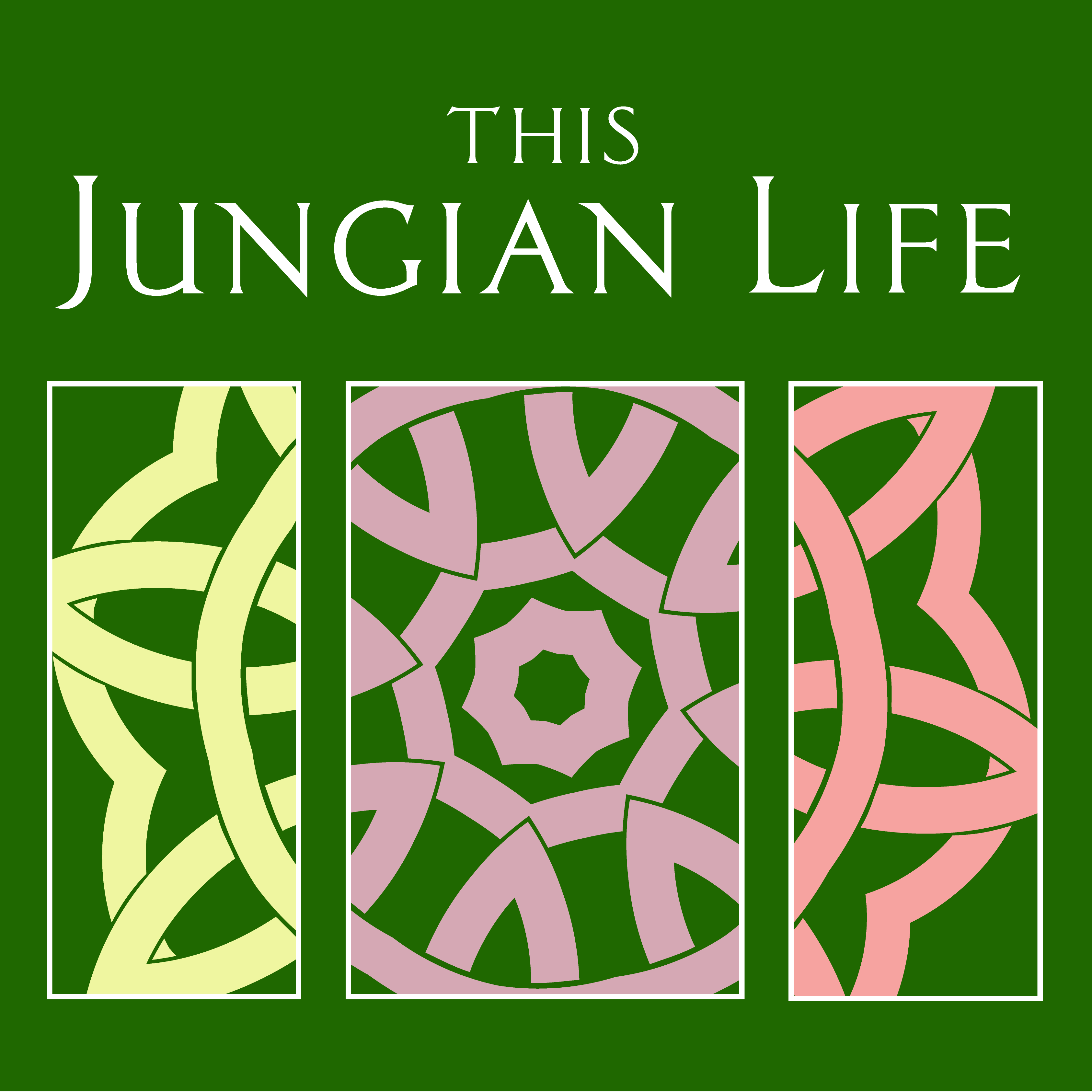
While we welcome “good” feelings, we often try to banish “bad” ones like sadness, fear, vulnerability and shame. We may deny them by trying to “think positive.” We may attribute them to political wrongs or even the barking dog next door. If emotions have nowhere else to go, they become symptoms, complexes, and even physical illnesses. Avoiding negative emotions simply causes them to go underground and express themselves in disguise.
Jung says, “Our emotions happen to us; affect occurs at the point at which our adaptation is weakest and at the same time exposes the reason for its weakness.” So what is calling for encounter instead of avoidance, displacement or somatization? Feelings are information—they do not necessarily mandate action, nor do they originate externally. Notice them, name them–and look to your dreams, for the unconscious compensates nightly for what consciousness avoids. Something may be pursuing you.
Here’s the dream we analyze:
“I saw a bride in a white dress sitting behind a small table in a candlelit, cave-like room. Her groom was standing/waiting across the room. It was an arranged marriage but of their own volition. The bride stood up as a signal that the marriage would occur. They looked into each other’s eyes and knew the marriage was right. This part of the dream seemed to be in close-ups of their eyes and lasted what seemed like a couple of minutes. The sense of certainty seemed to have been there, either two weeks before or after the marriage. “
References:
Inside Out (film).
On the Way to the Wedding: Transforming the Love Relationship, by Linda Leonard (Amazon).
It’s Not Always About Depression by Hilary Jacobs Hendel
Resources:
Learn to Analyze your own Dreams: https://thisjungianlife.com/enroll/

Hello,
This was a very good episode and I think the idea of a show on OCD is great. In thinking about the dream you analyze, a few things occurred to me. The image of the bride being seated at a table gave me the feeling of the table being a barrier to the impending marriage. It would be interesting to see what the dreamer thinks of the table being between the bride and groom. The table is horizontal and could represent the horizontal plane of life as opposed to the vertical plane of spirit (which could be symbolized by the action of the bride standing up). So I see the table as work needing to be done on the physical plane for the dreamer – her life plan and where she is going and what she will do now. But there’s also the spiritual aspect of the work that she needs to do as represented by the bride standing. I see the bride as a positive symbol of new life which perhaps is “marrying” the interior as well as the external growth (in real life) of the dreamer that is about to take place. The cave might symbolize the unconscious or the going into the depths which is dark and lit by the candle of consciousness. It’s a nice image of the unconscious and the conscious working together. And we find in the merging of those opposites a very nice image of the bride – an image of new life and a “wedding” of these two principles. There’s definitely a lot to unpack in this one!
Very interesting and helpful. Thank you.
The 30 year old woman who constructed a positive (only) identity in defence of being flooded by ‘negative’ outraged emotion rings true to varying degrees in so many of us. ‘The spiritual bypass’ is a great way to put it. This bypass creates another level of self-denial and suffering, I think. Great podcast.
Many thought-provoking perspectives in this podcast. I appreciated the suggestions around journaling. I have recently started a journaling practice and find it therapeutic, particularly as I am not currently seeing an analyst. One of the hurdles to both getting started and continuing were judgments around the quality of the writing or the superficiality of the insights that make it on to the page. I appreciated Deborah’s point about writing fast and not worrying about what appears on the page. I have also found Tristine Rainer’s book, “The New Diary” to be really helpful to me in overcoming anxieties around diary writing. The book offers creative techniques for exploring the basic modes of human perception on paper. Rainer draws from the diary keeping experiences of Anais Nin, which I found really interesting. I highly recommend the book for those who feel blocked in starting or continuing a journal practice.
Are there any references or further studies you can give with more information about keeping the levels separate, and/or developmental psychology specifically relating to this? Or more detail on sociological studies such as the rites of passage mentioned? (Clues about how one might learn to stop fearing that emotions have more meaning than they do).
I found this concept and how it relates to being able to face feelings, really enlightening. It seems that this might be really key – the idea that one must not have certain feelings in case they get acted upon. As if feelings are believed to have too much bearing on the outer world, and are greatly feared (in my upbringing/milieu). It seems like a necessary developmental stage is missing and perhaps this is a cultural thing or at least within certain pockets within “this” culture (I am Canadian – but it seems to make sense for an Anglo-protestant-influenced culture, especially one with religion involved, and is very different from a French friend with a hippy upbringing – she knew that all thoughts and feelings were permissible and there was no fear of acting upon them).